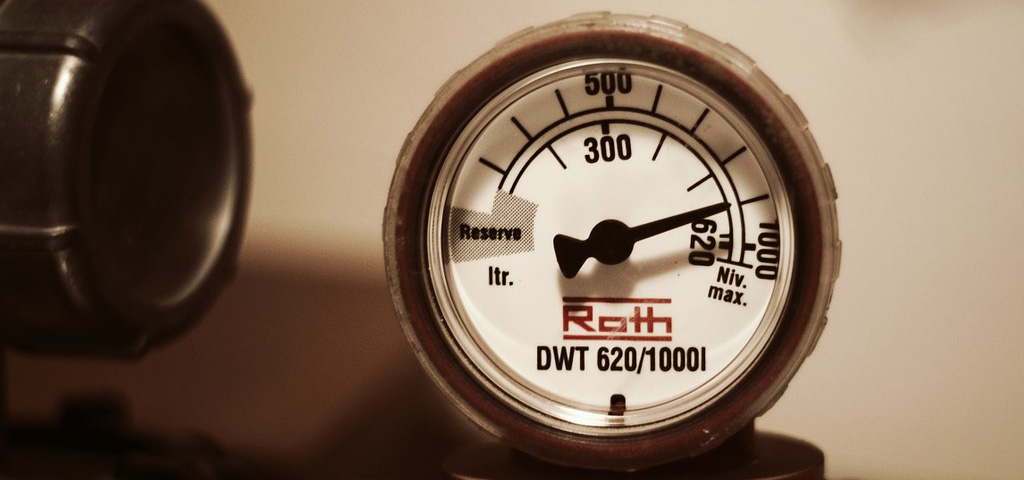The evaporator and the condenser of the air conditioning systems are the windows through which the heat exits and enters a room. These components are also called heat exchangers since they operate under the natural tendency of flowing temperature from a hot space to a cold one.
AC evaporator
In the air conditioning evaporator is where the phase of pressure drops, and temperature will be carried out. Here, a flow of coolants in a liquid state must always be maintained. One of the evaporative air conditioner function is to allow the greatest exchange between the refrigerant and the area to be cooled. In this way, it is achieved that the temperature is absorbed by the refrigerant and sucked by means of the compressor which then will change from liquid to vapor, leaving a free space so that more liquid refrigerant can enter.
Some of the main requirements of a functional air-conditioning evaporator would be:
– Maintain a constant exchange volume.
– Allow coolant flow with a minimum pressure drop.
– Have an appropriate design (with suitable materials) that allows heat flow to the coolant in an easy and fast way.
AC condenser
In the air conditioner condenser, the operation is just contrary to that of the evaporator, because the refrigerant vapor, when compressed and entered in the condenser in the form of vapor (refrigerant gas) at high pressure and high temperature, allows the exchange of temperatures. This achieves that all the heat of the refrigerant that was absorbed from the evaporator is discharged, which will now be discarded to the environment. The condenser must pass the vapor refrigerant to saturated liquid (subcooled liquid) so that it always remains liquid on its way to the evaporator.
Three important points that an air-conditioning condenser must comply with are the following:
– Enough exchange area.
– Minimum drop pressure.
– Facilitate heat transfer.
What affects the flow of heat?
The three factors that could mainly affect the flow of heat are the following:
Temperature differential.
When the temperature difference from one body to another is large, the heat will flow faster between them. Otherwise, if the temperature differences between both bodies are small, the heat will flow more slowly.
Area or contact surface.
With large areas of contact between a cold body and a hot one, heat will flow more quickly than in small areas where contact is more concentrated.
Conductivity of materials.
Some materials, which are called conductors, allow heat to flow faster through them, while others of lower heat conductivity hinder the flow of temperature. Some materials commonly used in cooling systems for their conductivity properties are copper, aluminum or even nickel.


